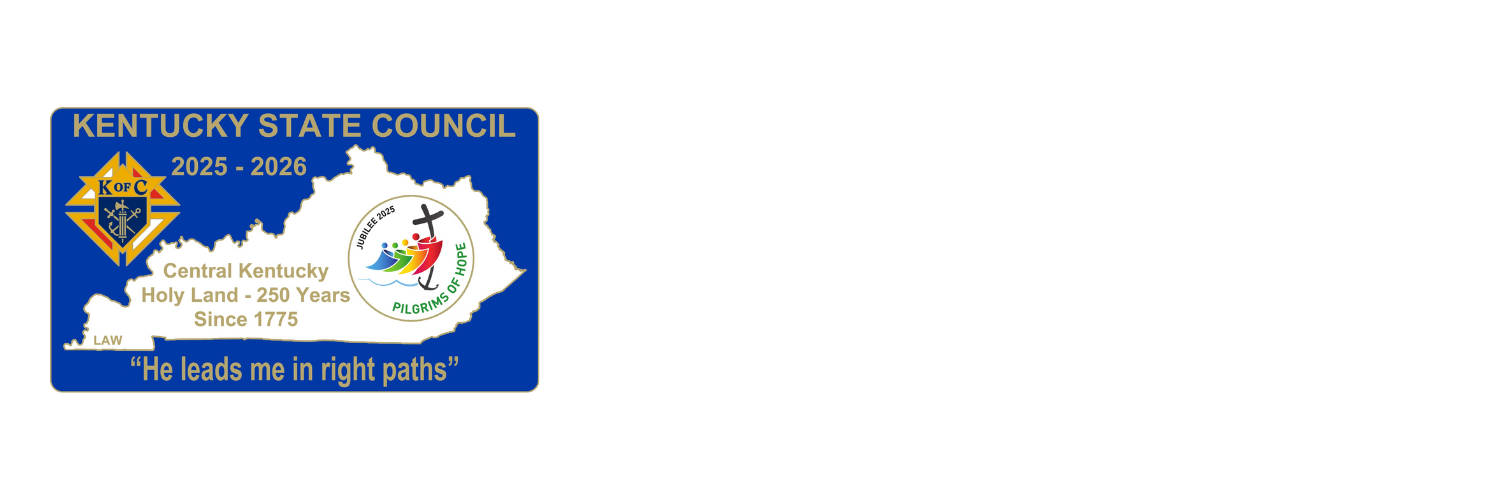The Christ the King Council 14130 in Lexington raised enough money to purchase 48 new winter coats through Supreme’s Coats for Kids Program. These coats were given to refugees from Congo & Syria.
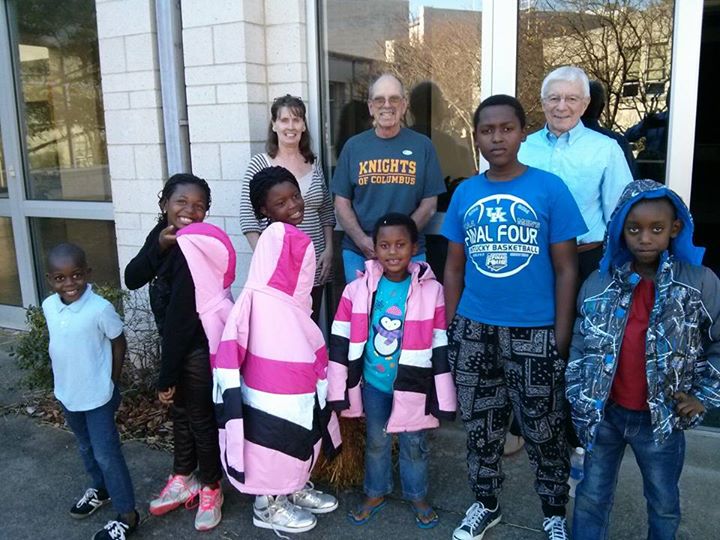
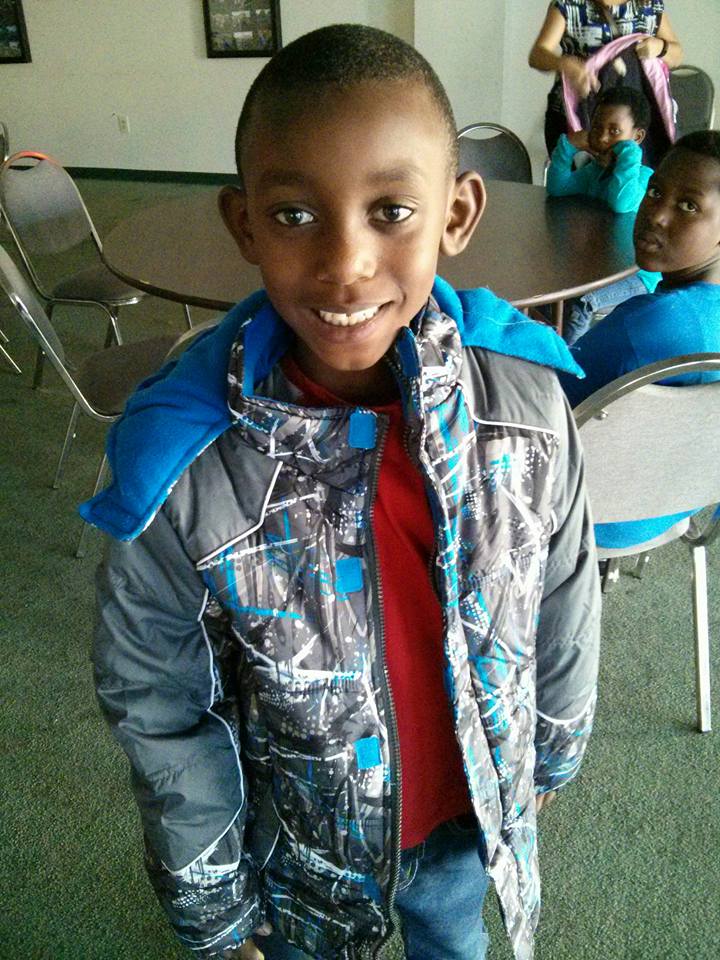
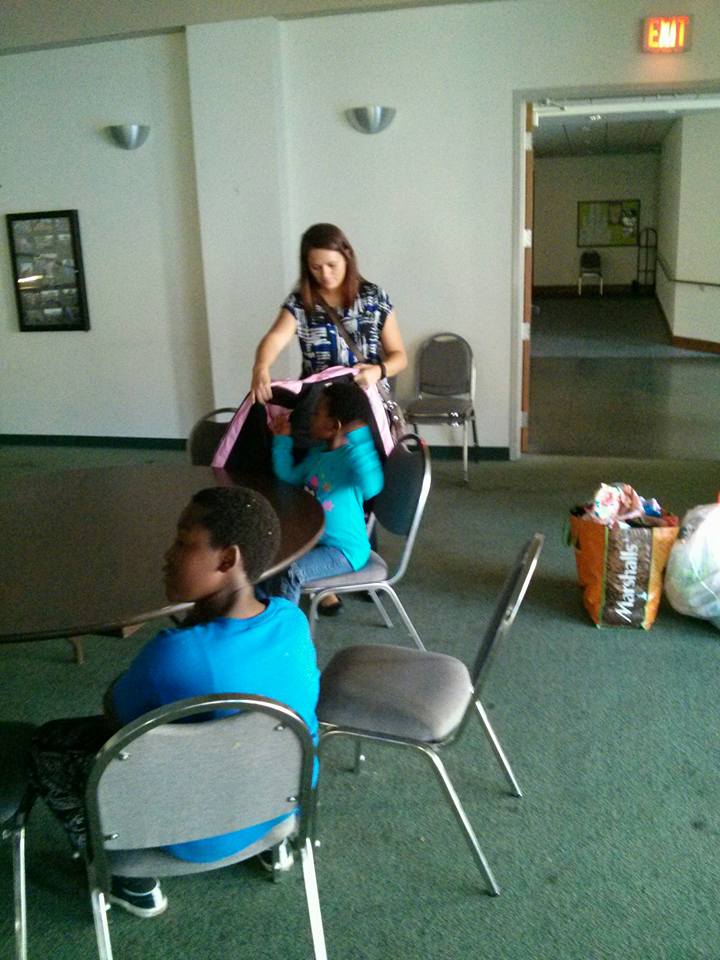

The Christ the King Council 14130 in Lexington raised enough money to purchase 48 new winter coats through Supreme’s Coats for Kids Program. These coats were given to refugees from Congo & Syria.



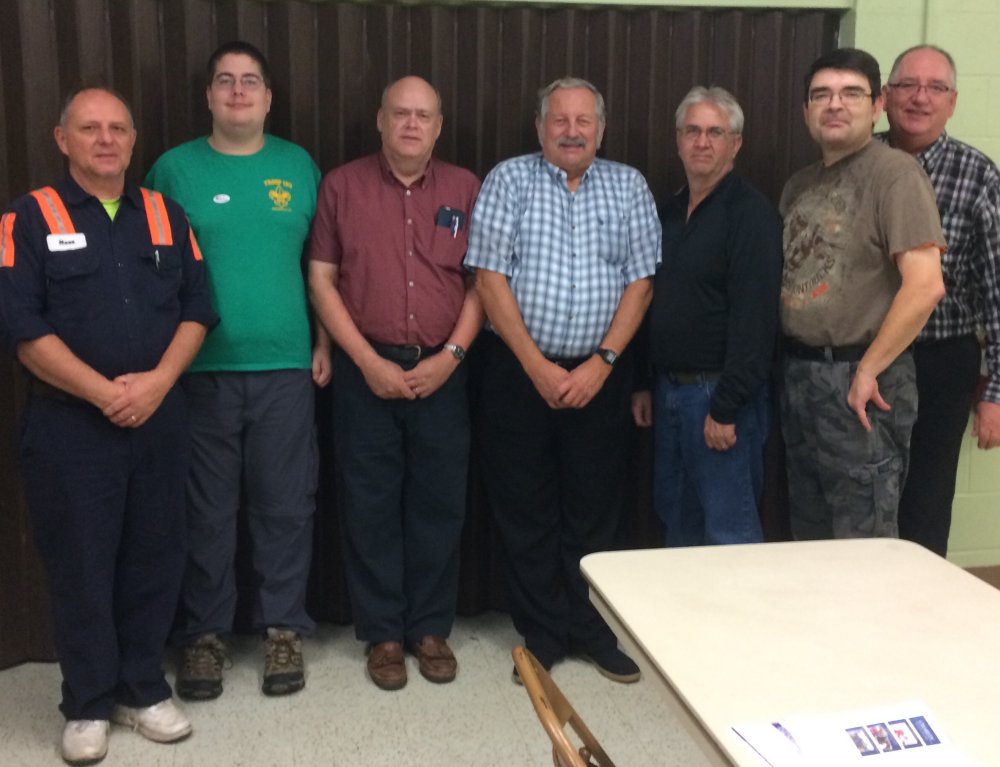

State Deputy Frank Shay visited council 8145 Sacred Heart in Russellville on November 3rd. They were planning a joint dinner with the St. Vincent de Paul Society.
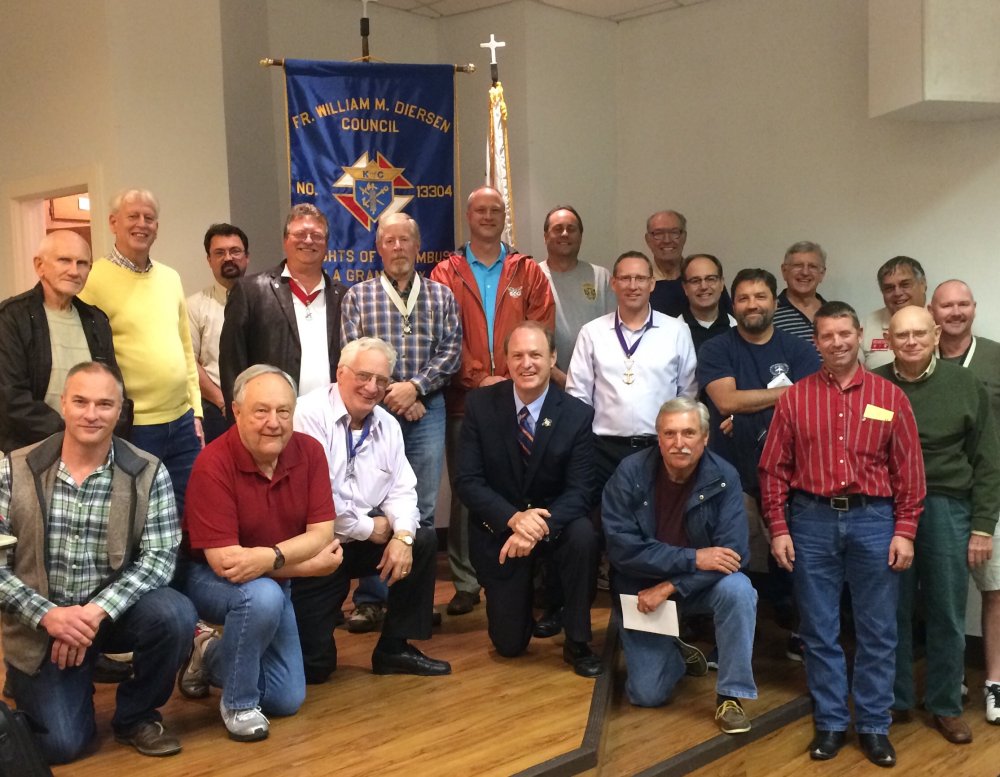

State Deputy Frank Shay visited council 13304 Fr. Diersen in La Grange on November 2nd. They raised over $3,000 in their Tootsie Roll drive and are busy planning their Wives Appreciation Night.

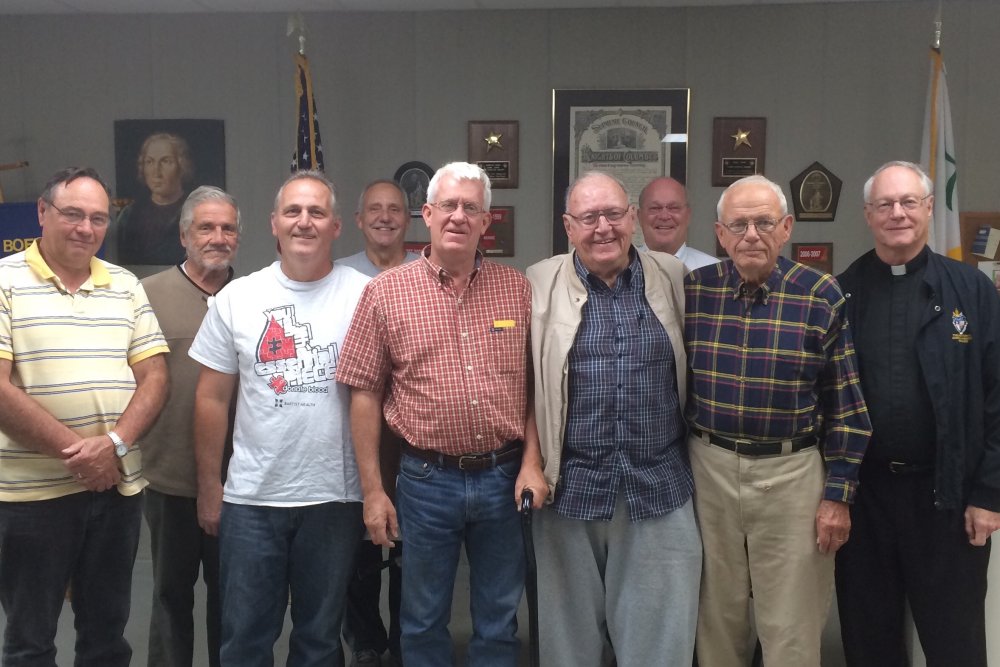

State Deputy Frank Shay visited the Fr. Glahn Council 11132 in Madisonville on October 28th. They raised over $3,000 with their Tootsie Roll drive.
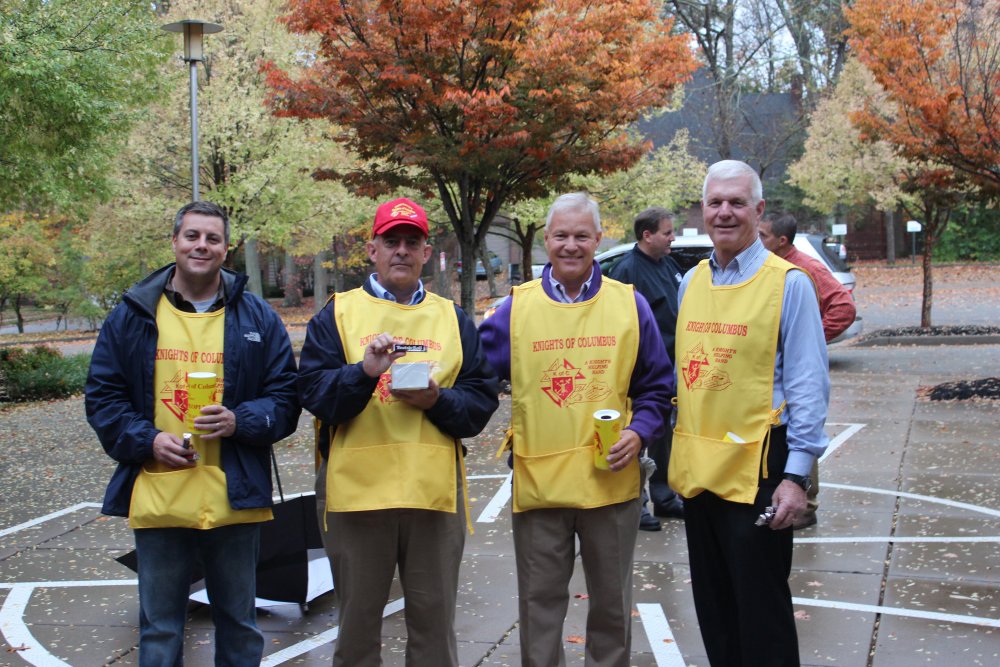

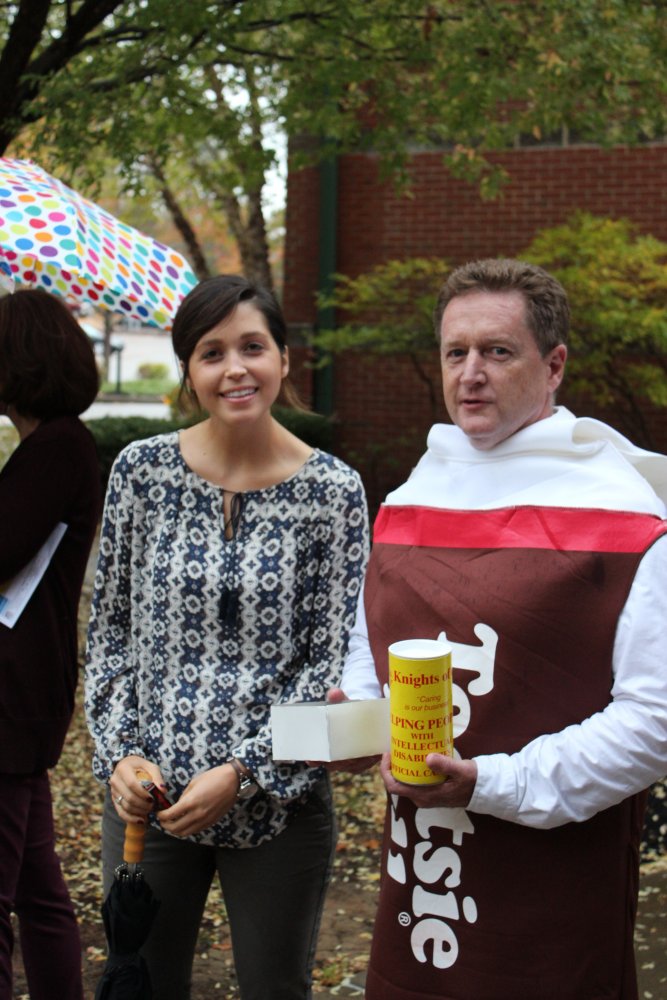
The Farther D. council #16274 in Louisville participated in the Tootsie Roll drive.
Sign up to receive the Kentucky State Council Newsletter each month.
Copyright © 2025 | Kentucky State Council | Knights of Columbus
